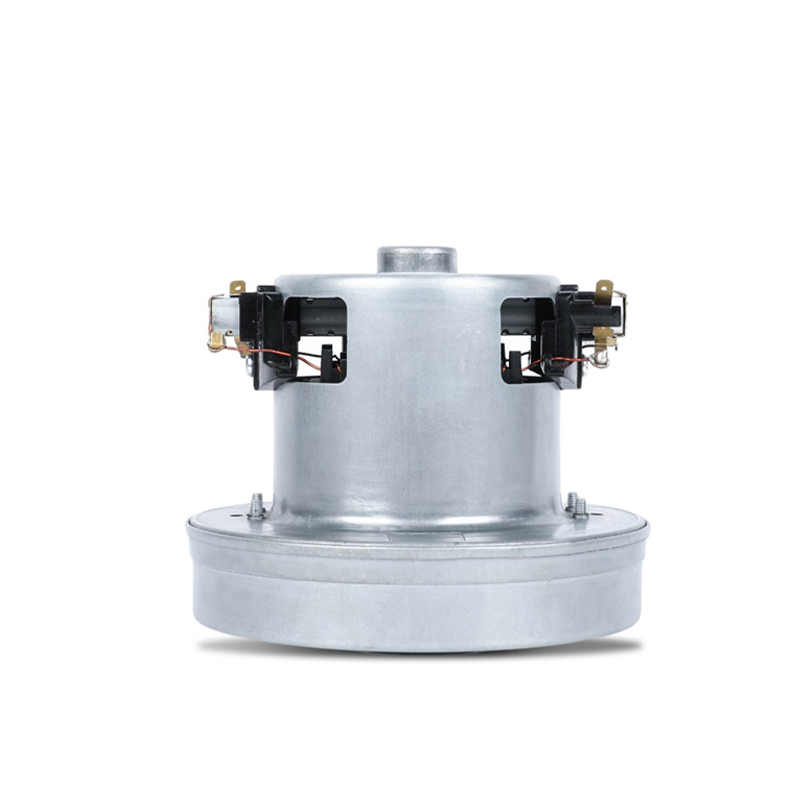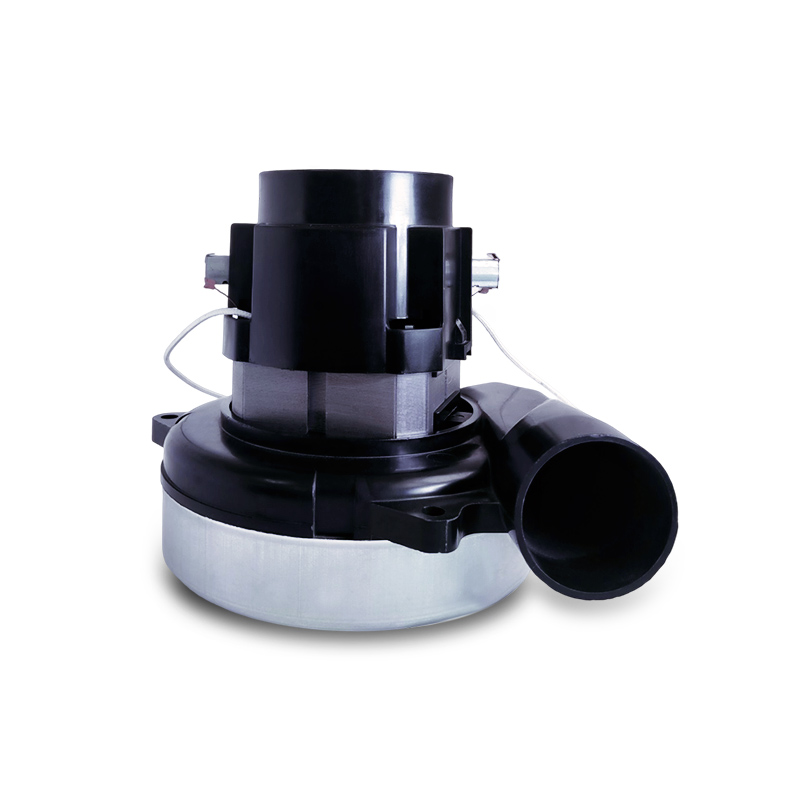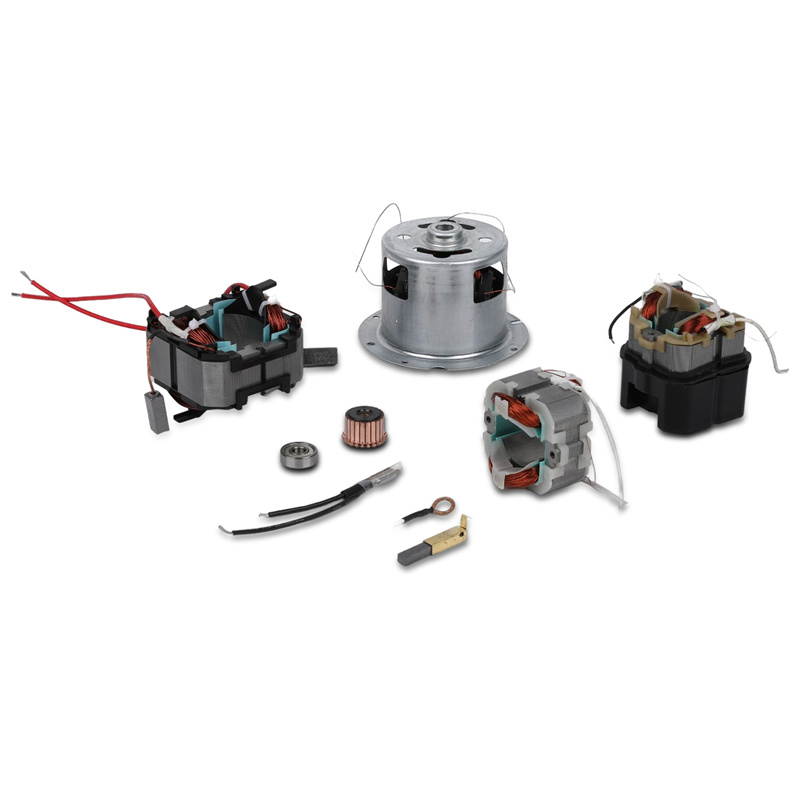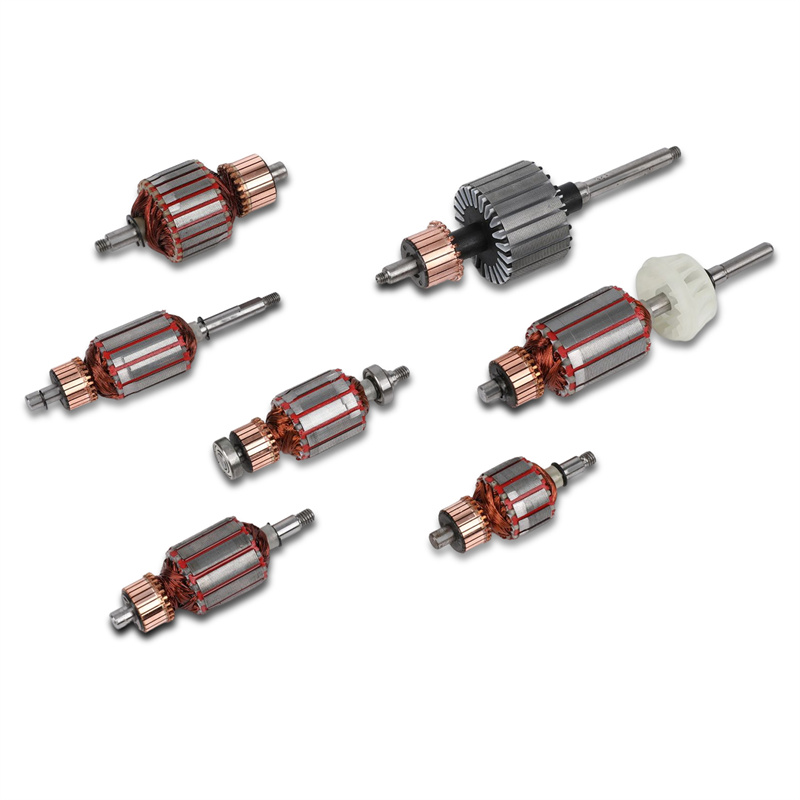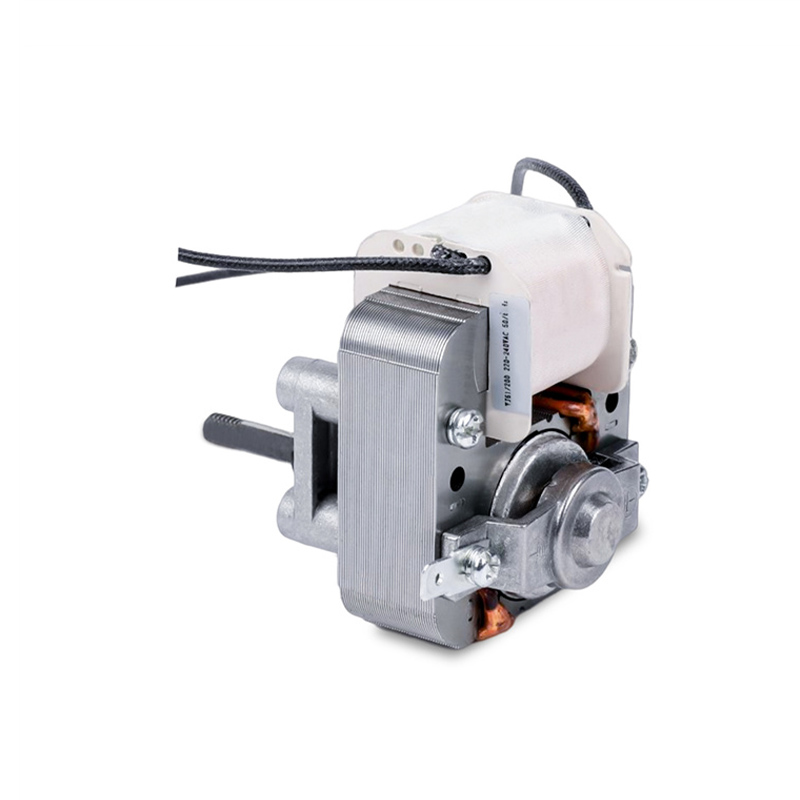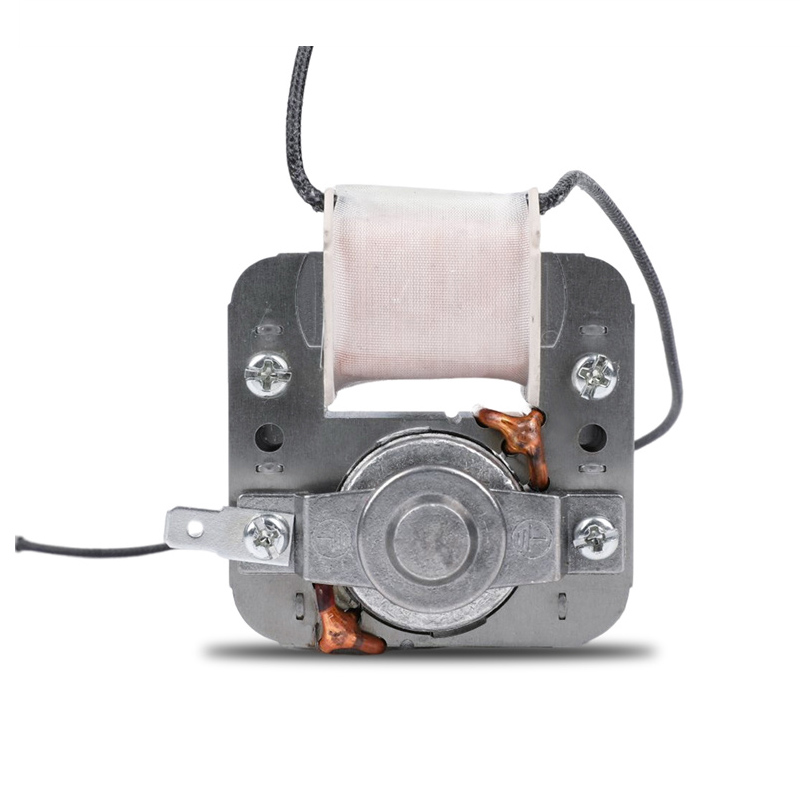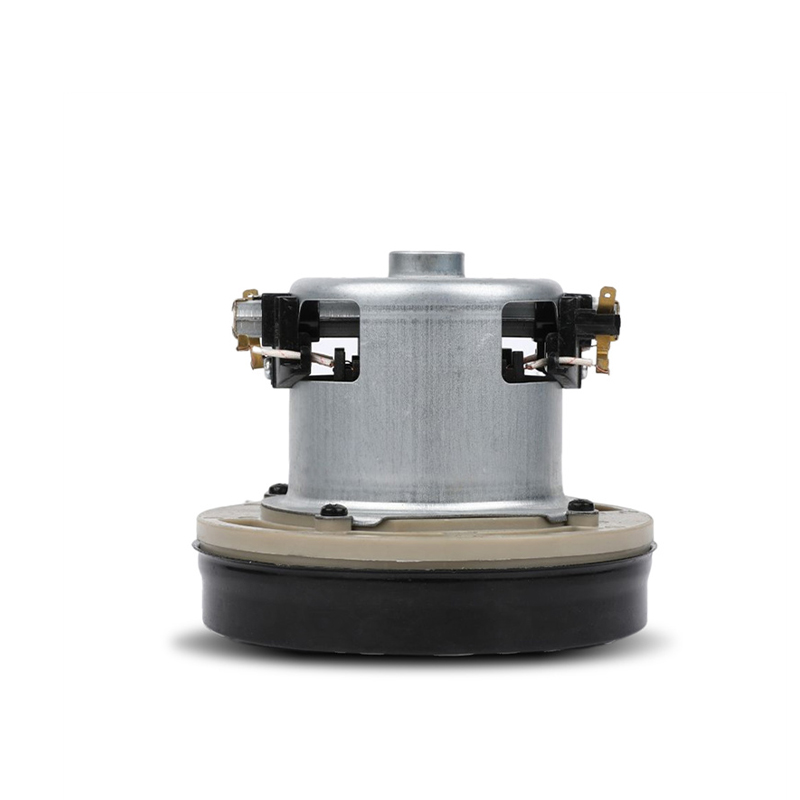What does the coil structure of a vacuum cleaner motor include
The coil structure of the vacuum cleaner motor is one of the key components in the motor design, which directly affects the power conversion efficiency and vacuum cleaner performance.
material selection:
The coils of vacuum cleaner motors are usually made of a material with good conductive properties, most commonly copper. Copper has good electrical and thermal conductivity, making it an ideal coil material. Some other high-performance applications may use aluminum wire, but generally speaking, copper remains the mainstream choice. The wire diameter and winding density of the coil depend on the power and design requirements of the motor.
Coil winding design:
Coil winding is the way the wires are laid out on the stator. The design of the winding affects the formation of the electromagnetic field and the response to current flow. In vacuum cleaner motors, two basic coil winding methods are usually used: full winding and split winding.
Full winding:
In full winding, the coil covers the entire stator and the current passes through the entire coil. Such a design can provide a relatively uniform magnetic field distribution and is suitable for applications that require smooth operation and high-efficiency conversion.
Sub-winding:
A split winding divides the coil into two parts, and the current flows through only one part. This design can change the shape of the magnetic field, allowing the motor to perform better under different load conditions. Split windings are often used in applications where motor performance needs to be adjusted.
Coil levels and turns:
Coil layers and turns are another important consideration in coil design. The layers refer to how the coil windings are stacked, while the number of turns indicates the number of turns of wire in the coil. The number of layers and turns in the design affects the coil's resistance, inductance, and magnetic field strength. Typically, more turns result in greater inductance, and the addition of layers may affect the coil's thermal performance.
Insulation Materials:
Due to the particularity of the working environment of vacuum cleaners, coils usually need to withstand some harsh conditions, such as dust, moisture, etc. Therefore, the coils usually need to be covered with a layer of insulating material to prevent short circuits and other malfunctions. The choice of insulation materials usually includes polyimide, epoxy resin, etc. These materials have good insulation properties and high temperature resistance.
Stator structure:
The coil is usually mounted on the stator structure, which is the fixed part of the vacuum cleaner motor. The design of the stator structure affects the coil installation method, heat dissipation performance and overall motor stability. Common stator structures in vacuum cleaners include iron core stators and silicon steel sheet stators, and their selection depends on different requirements for motor efficiency and noise.
YH-(D-1/2),voltage100-240V, rated input power 300-600W, rated frequency 50/60Hz, max vacuum degree 18.8kpa, max air flow 2.22 M3/min, temperature rise 70K, Noise less than 95dB, Spark less than 1, Class of insulation A,B,C.D, E, max efficiency 34%.
This product can also be made 12V , 24V , 36V ,48V.


 English
English Deutsch
Deutsch Español
Español 中文简体
中文简体